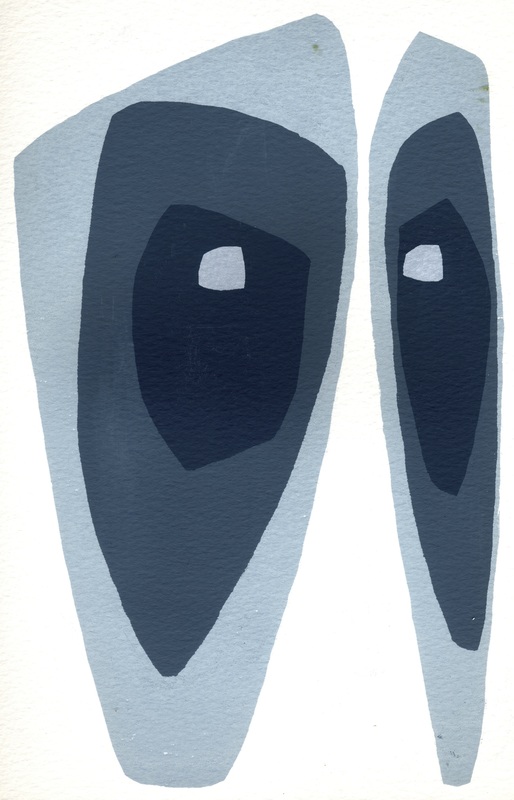|
Barbara Hepworth is a towering figure is British twentieth century art. Her work is immediately recognisable, widely accessible around Britain and very popular. However this very popularity has, perhaps, been partly responsible for the poor reviews the critics have given this show. Sadly there are some in the art world who see success as a sell out but, as this exhibition shows, Hepworth was anything but. The exhibition falls into a series of different rooms which look at various aspects of her development as an artist. In the first, her work is shown among that of her contemporaries and her two husbands (both artists) John Skeaping and Ben Nicholson. Here too are pieces by Henry Moore, her fellow student, Bernard Epstein, Eric Gill and others.The result is a mouthwatering selection of the best of 1920s and 1930s sculpture. Her early work here shows a great feeling for the human form and for wood carving. Her figures are strong and yet embed with human frailty. In the second room her sense of abstracted form comes bursting through. The cutting away (literally) of unwanted detail, the placing of forms in relation to each other and the emergence of eloquent ideal images. Drawn from the standing stones of Cornwall’s Penrith Peninsula the shapes we have come to know as pure Hepworth have their genesis here. In the third room she branches in two new directions. Here are the gorgeous, minimal paintings of surgeons in operating theatres rendered on paper in ink, oil, wax and pencil. Here too are sculptures which begin her epic exploration of voids. Wood and stone is carved and pierced in pursuit of the rhythms of the sea, of the dimpled stones in underground caverns, of the mystery of those Cornish subterranean buildings, the fougous. The last room is split into sections: a film of her life in St Ives comes first, last is a collection of bronzes from the last years of her life, but the middle section is the climax. On four plinths are sculptures of huge chunks of African hardwood, brown and shiny and conkers without, carved and white painted within. It is like walking into a modernist Stonehenge - and you feel in the presence of greatness. I came away with refreshed and moved. Here was an artist who could have been successful in any one of three careers: figurative sculptor, painter and abstract sculptor. She chose the last and, like all great artists, changed how we see the world. In the process influenced my work in many ways, particularly in finding and refining the essential shape of things. Here are a couple of examples. I would urge you to see the show. It’s a very different experience to a visit to her St Ives studio. It’s very different to viewing her work outdoors at the Yorkshire Sculpture Park. But it’s a chance to see some of her best sculptures, paintings and, most importantly, thought processes.
Details: Tate Britain 24 June – 25 October 2015 Free for Tate Members Adult £18.00 (without donation £16.30) Concession £16.00 (without donation £14.50) Under 12s go free (up to four per parent or guardian). Family tickets available Links: http://www.tate.org.uk/whats-on/tate-britain/exhibition/barbara-hepworth-sculpture-modern-world http://www.tate.org.uk/visit/tate-st-ives/barbara-hepworth-museum
0 Comments
Leave a Reply. |
Archives
June 2024
|




